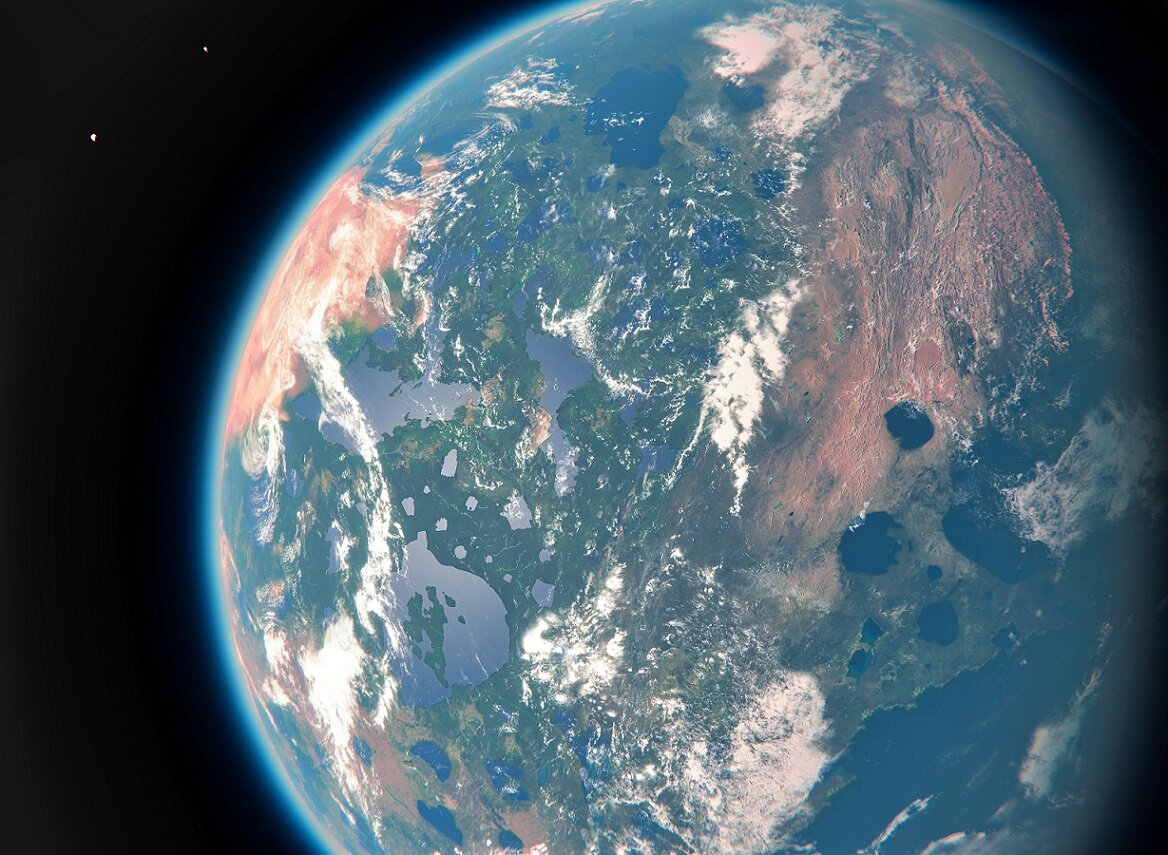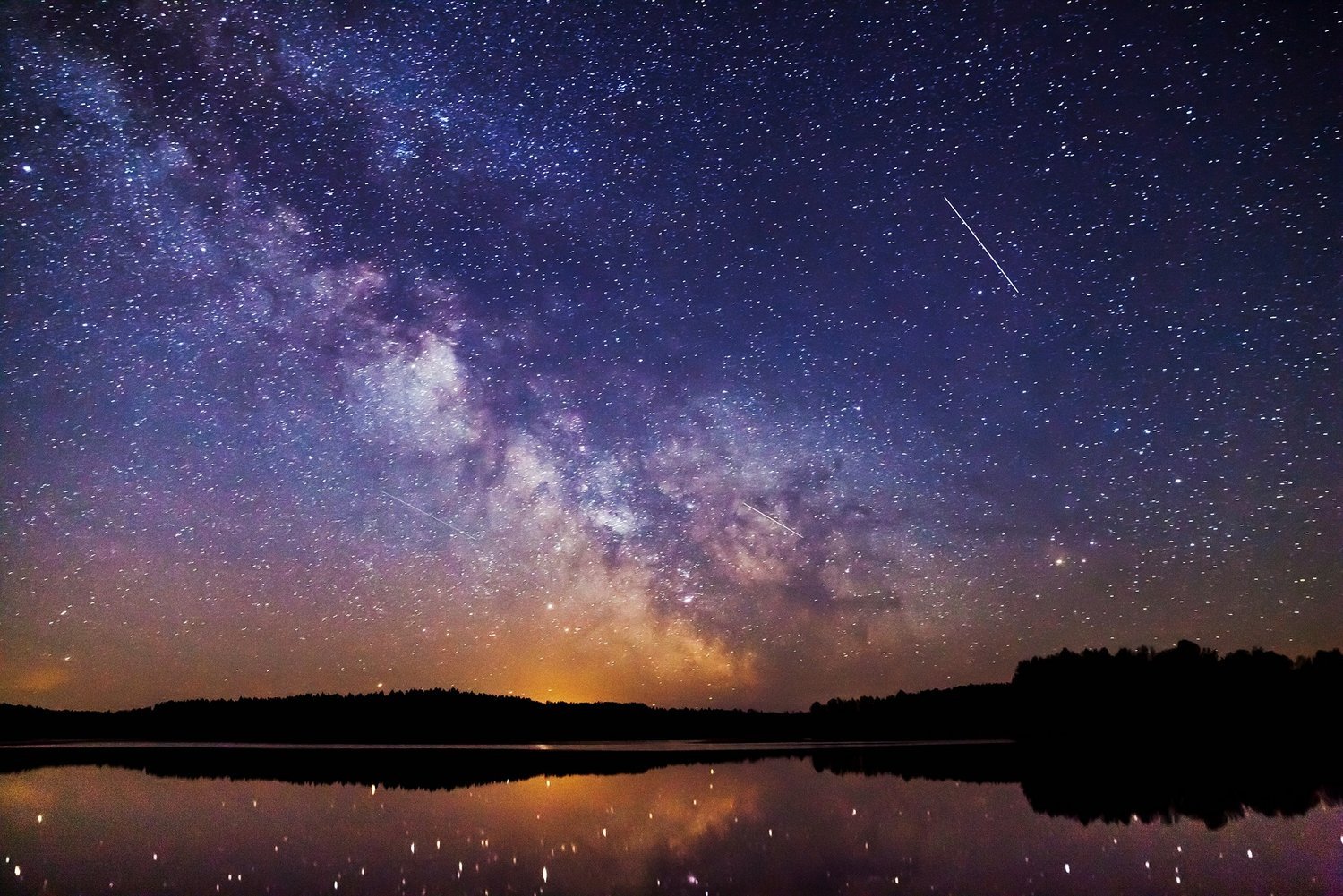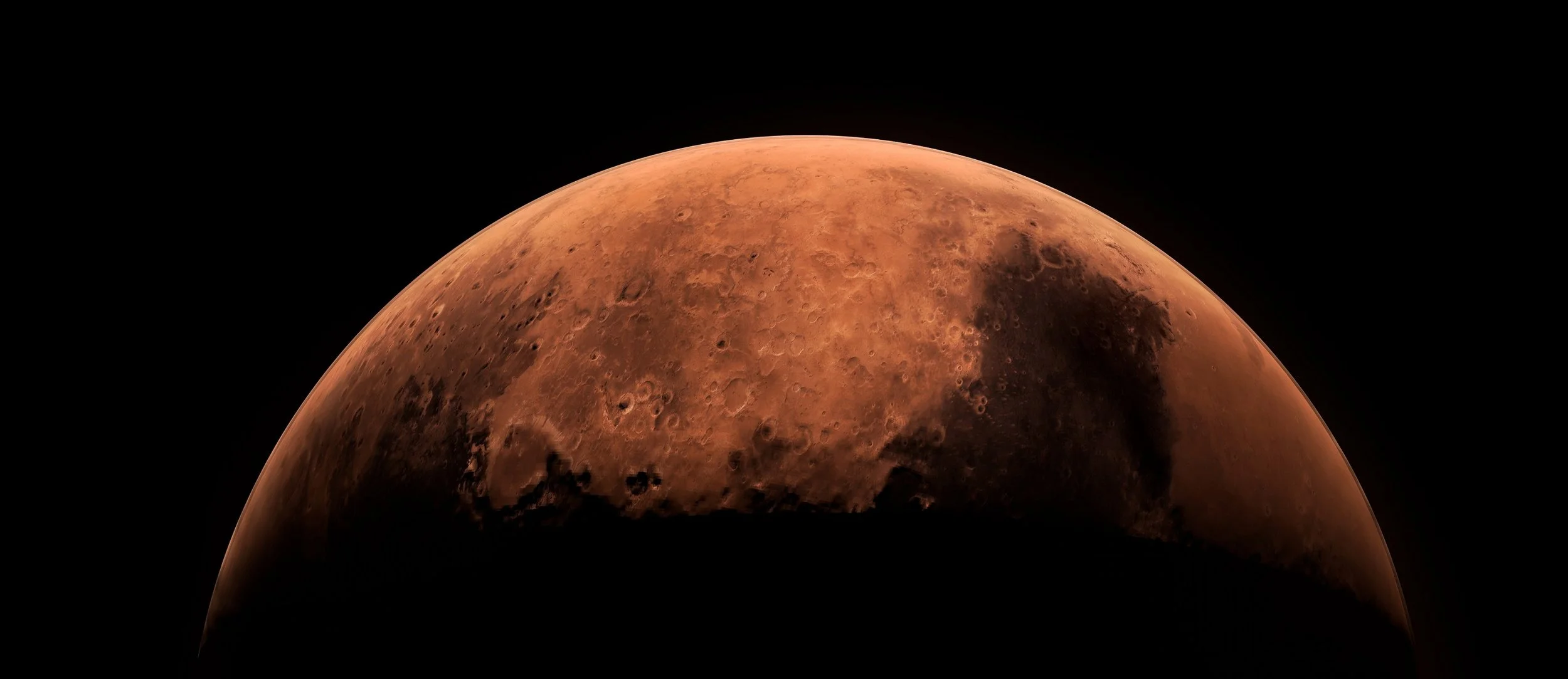An international team of researchers examined the origin of water on newly formed potentially habitable exoplanets.
Where does al the water come from? - Image Credit: NASA, Darryl Fonseka via istock/Getty Images - HDR tune by Universal-Sci
In the past, due to our atmosphere's disruptive nature and astronomers' reliance on ground-based telescopes, not much was known about how water created in interstellar clouds ends up on planets like our own. However, since the launch of the ESA Herschel Space Observatory and its onboard HIFI 'molecule hunter,' it has been possible to collect more accurate data.
In their new study, published in the scientific journal Astronomy & Astrophysics, researchers took a look at a wealth of data and scientific articles derived from the Herschel Space Observatory. They described the journey of water throughout the star formation process in greater detail than ever before.
It turns out that most of the water is created as ice on tiny dust particles in cold and insubstantial interstellar clouds. When a cloud clumps together into new stars and planets, this water is mainly maintained and swiftly secured into pebble-sized particles. Following that, in the rotating disc surrounding a young star, these pebbles, among other materials, eventually form the components for new planets.
Image Credit: dzika_mrowka via iStock / Getty Images - HDR tune by Universal-Sci
Another interesting find buried in the Herschel is that the majority of new solar systems are born with enough water to supply a few thousand oceans. Leiden University Astronomer Ewine van Dishoeck stated the intriguing fact that most of the molecules you find in a simple glass of water were created almost 5 billion years ago in a primordial interstellar cloud of gas that formed our solar system.
The science team hopes to have the capacity to study more water in young planetary systems. Sadly though, the next space telescope with capabilities akin to Herschel's capabilities is planned for 2040 at the earliest. A small consultation is found in the James Webb space telescope that will launch later this year. It will be equipped with an instrument capable of detecting warm water vapor at the heart of dusk disks.
If you are interested in a more comprehensive overview of the study we covered in this article, be sure to check out the Astronomy & Astrophysics article listed below.
Further reading:
If you enjoy our selection of content, consider subscribing to our newsletter
FEATURED ARTICLES:












